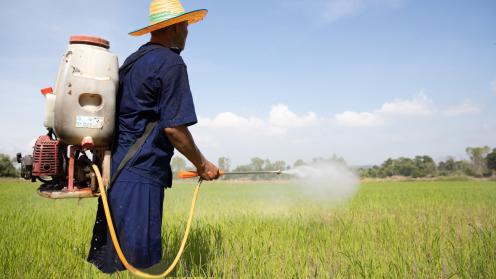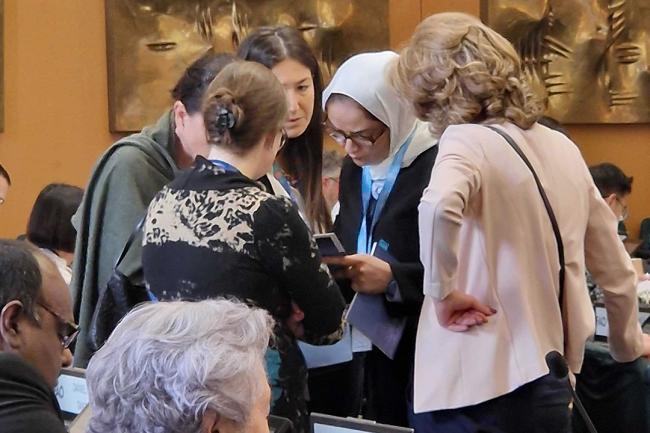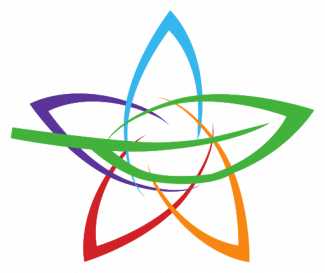Pesticides help protect crops and safeguard food security, but some can pose hazardous health and environmental risks. According to the UN Food and Agriculture Organization (FAO), global use of pesticides in 2022 topped 3.70 million tons of active ingredients. But, as the discussion at the Chemical Review Committee showed, there are considerable uncertainties in estimating and sharing information about pesticides’ uses and risks.
The Committee reviewed four proposals for severely hazardous pesticide formulations (SHPFs). The Rotterdam Convention established SHPF proposals as a mechanism for developing countries to share their experiences and concerns with a specific pesticide product. The SHPF route requires less information than the more traditional Annex III notification system. It also does not require that a country banned or restricted a pesticide.
There were debates on how to assess these proposals. One question was the definition of “severe” or “significant” effects, which the Rotterdam Convention leaves open to interpretation. Some of the proposals related to pesticide products that are not registered for use in the proposing country. Illegal use can be understandable on the ground, as farmers may not be aware what pesticide formulations are registered and tend to use products readily available on the local markets. But, as some observers pointed out, these pesticides sometimes do not actually contain the active ingredients on the label. This complicates efforts to draw a connection between the use of a specific pesticide and the negative health and environmental effects reported by farmers.
The Committee members then considered pesticides on which Mozambique had taken a final regulatory action to ban or severely restrict the use. Members have discussed these notifications related to carbaryl, chlorfenviphos, ethion, methidathion, and thiodicarb for three years and and remained divided on whether Mozambique's final regulatory action was taken on the basis of a risk evaluation.







